The Brain Prize 2025 went to neuro-oncologists Michelle Monje and Frank Winkler for pioneering the field of cancer neuroscience.
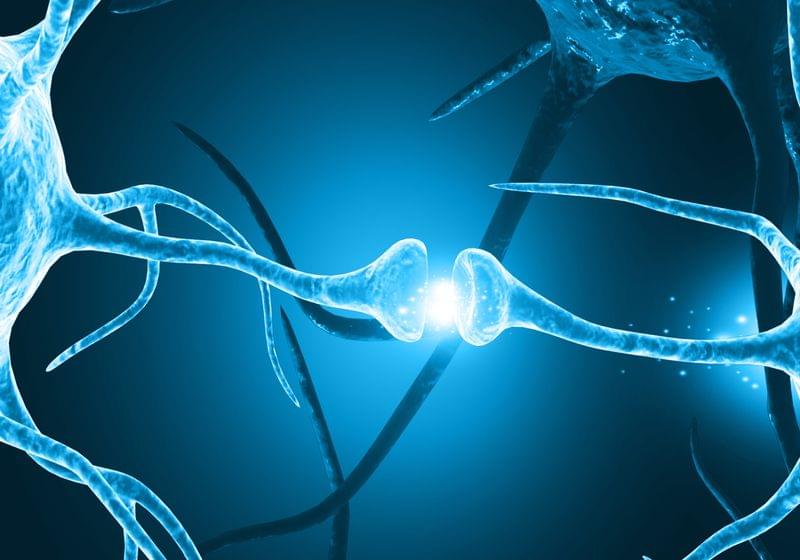

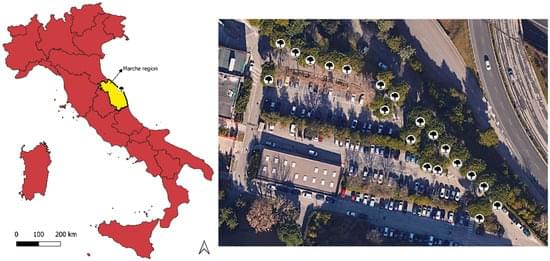
Due to ever-accelerating urbanization in recent decades, exploring the contributions of trees in mitigating atmospheric carbon in urban areas has become one of the paramount concerns. Remote sensing-based approaches have been primarily implemented to estimate the tree-stand atmospheric carbon stock (CS) for the trees in parks and streets. However, a convenient yet high-accuracy computation methodology is hardly available. This study introduces an approach that has been tested for a small urban area. A data fusion approach based on a three-dimensional (3D) computation methodology was applied to calibrate the individual tree CS. This photogrammetry-based technique employed an unmanned aerial vehicle (UAV) and spherical image data to compute the total height (H) and diameter at breast height (DBH) for each tree, consequently estimating the tree-stand CS.
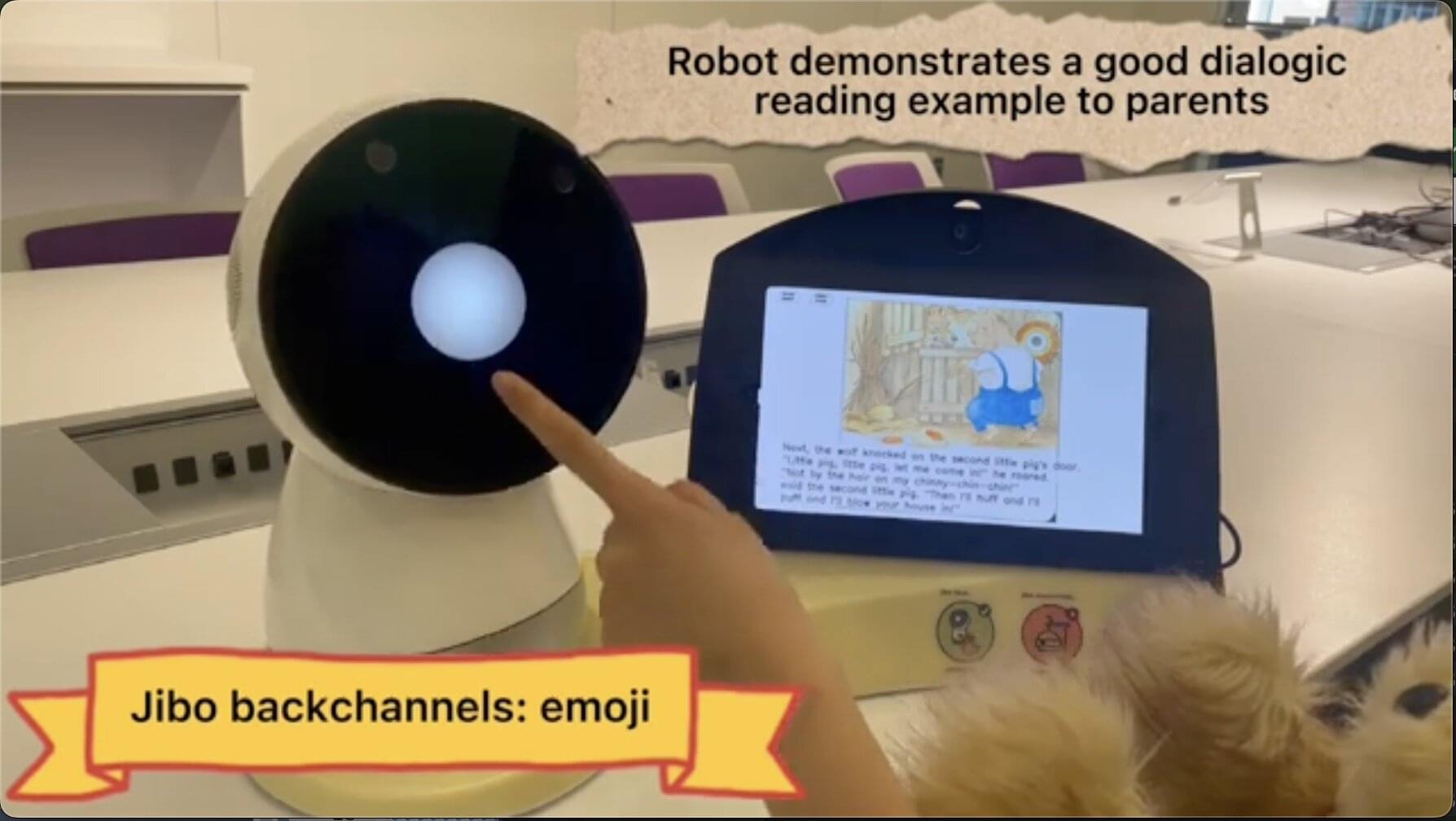
Over the past decades, researchers have developed a wide range of advanced social and assistance robots that could soon be introduced into households worldwide. Understanding how the introduction of these systems might impact the lives of users and their interactions with others living in their homes is crucial, as it could inform the further improvement of robots before their widespread deployment.
Recent studies suggest that household robot companions could foster educational conversations between parents and children, particularly during story-reading sessions. By actively participating in these sessions, for instance by asking questions or assuming the role of a playmate, robots were found to augment interactions between children and their caregivers, enriching their conversations and supporting the children’s acquisition of new vocabulary.
Researchers at the Massachusetts Institute of Technology (MIT) recently carried out a study to further explore the potential of social robots as conversation catalysts and tools to enhance interactions between children and parents. Their findings, published in Science Robotics, suggest that English-speaking robots can improve the quality of dialogue between parents and children, with families that fluently speak English benefitting more from their use.
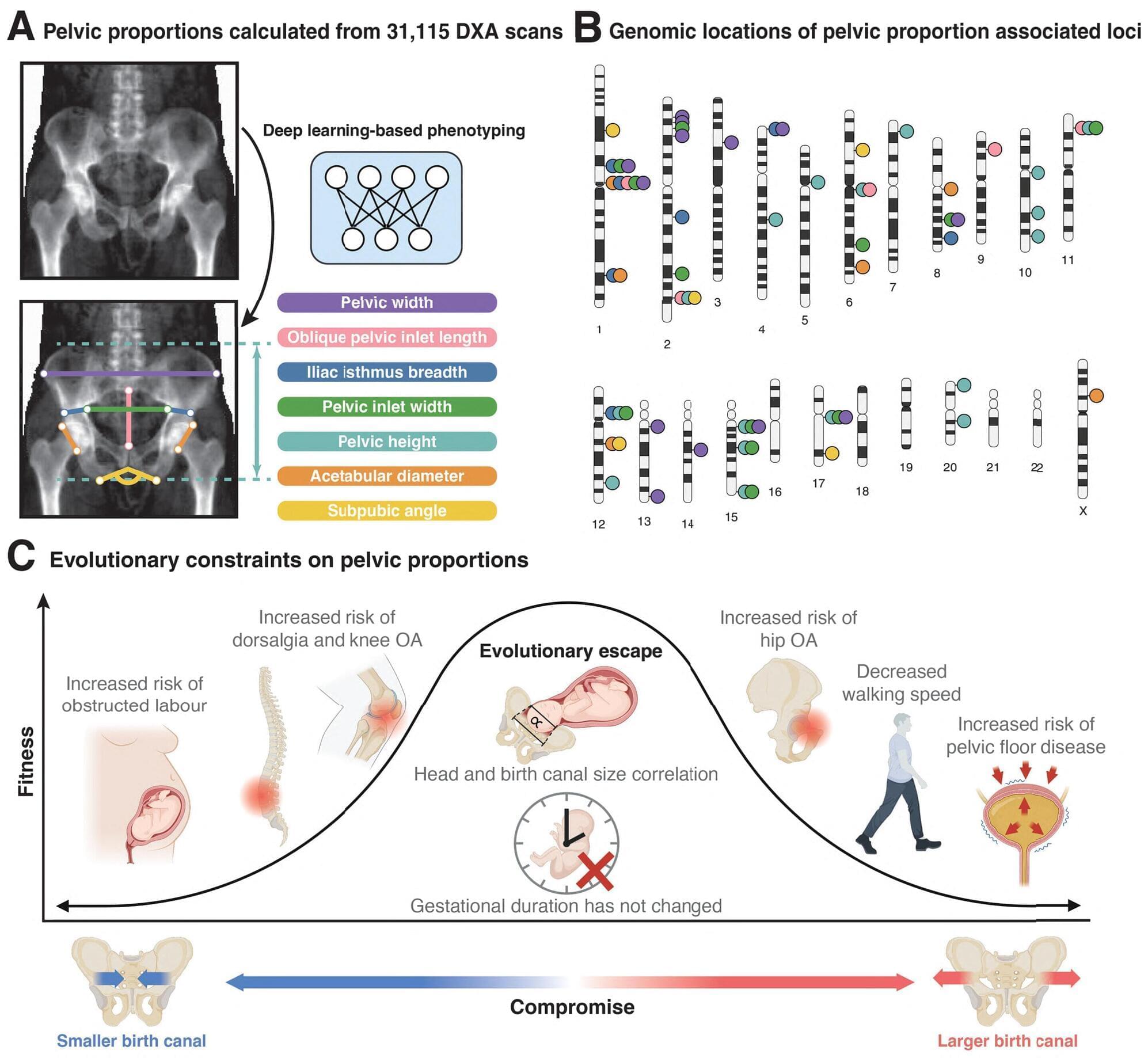
A team of integrative biologists at the University of Texas, Western Washington University and Columbia University Irving Medical Center has found that both wide and narrow hips provide women with certain physical benefits, though they both also have downsides. In their study published in the journal Science, the group compared hip structure among 31,000 people listed in the UK Biobank, with other physical features including those associated with pregnancy and birth.
For many years, evolutionary theorists have debated aspects of what has come to be known as the obstetrical dilemma. Prior research has shown that as humans evolved, their brains grew bigger. But prior research has also shown that as people began to walk upright, their hips grew narrower, creating a conundrum—wider hips are needed to deliver babies with bigger brains.
For this new study, the research team investigated the ways that nature has dealt with the obstetrical dilemma by studying hips and the pelvic floor.
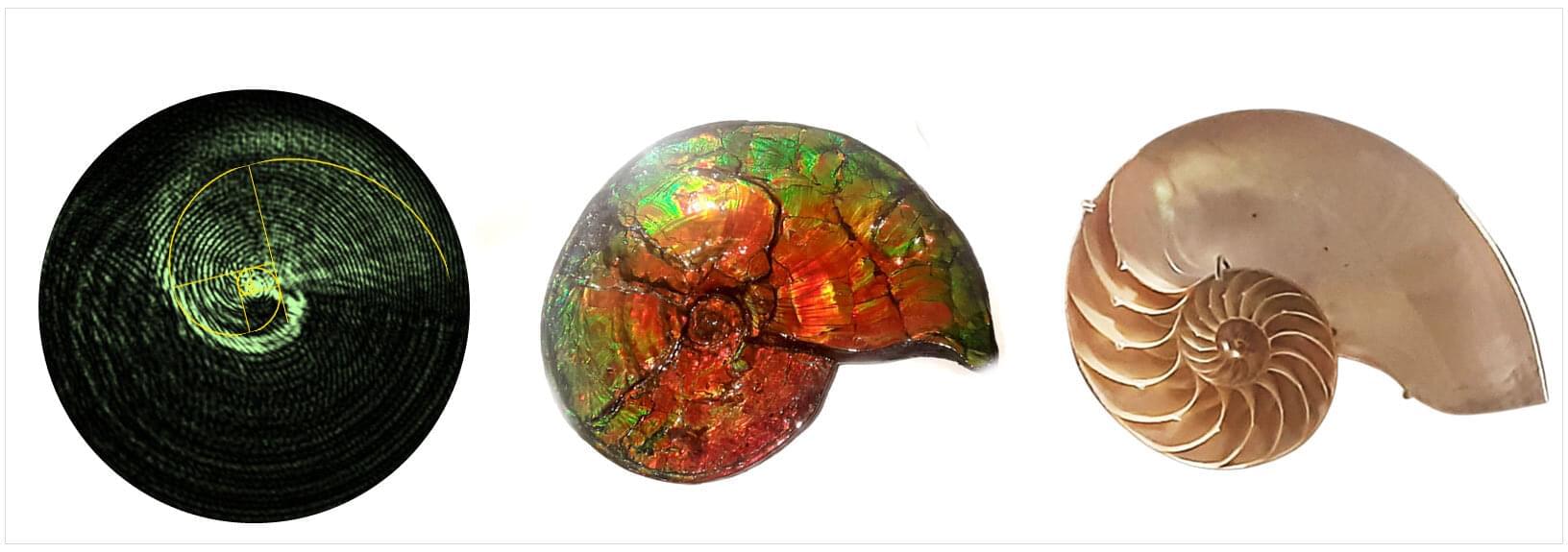
Beams of light that can be guided into corkscrew-like shapes called optical vortices are used today in a range of applications. Pushing the limits of structured light, Harvard applied physicists in the John A. Paulson School of Engineering and Applied Sciences (SEAS) report a new type of optical vortex beam that not only twists as it travels but also changes in different parts at different rates to create unique patterns. The way the light behaves resembles spiral shapes common in nature.
The researchers borrowed from classical mechanics to nickname their never-before-demonstrated light vortex an “optical rotatum,” to describe how the torque on the light’s corkscrew shape gradually changes. In Newtonian physics, “rotatum” is the rate of change in torque on an object over time.
The optical rotatum was created in the lab of Federico Capasso, the Robert L. Wallace Professor of Applied Physics and the Vinton Hayes Senior Research Fellow in Electrical Engineering at SEAS. “This is a new behavior of light consisting of an optical vortex that propagates through space and changes in unusual ways,” Capasso said. “It is potentially useful for manipulating small matter.” The research is published in Science Advances.
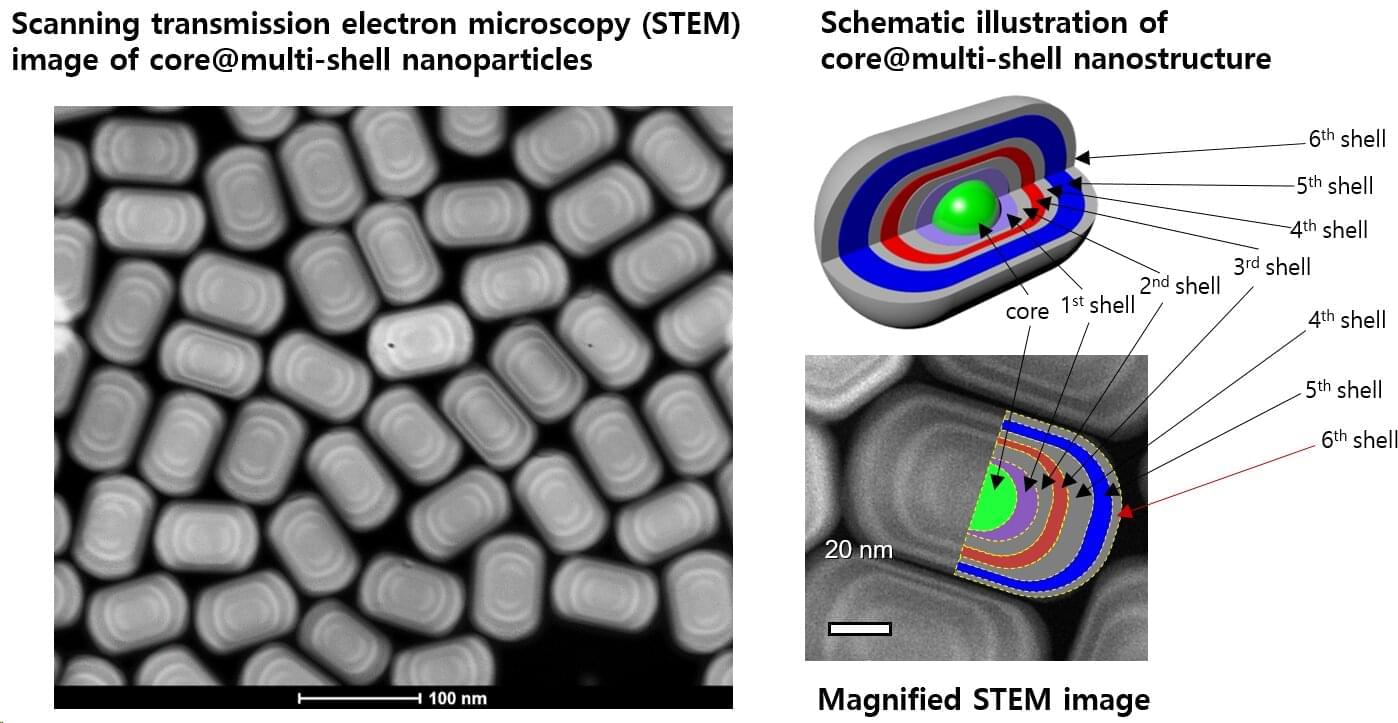
Dr. Ho Seong Jang and colleagues at the Extreme Materials Research Center at the Korea Institute of Science and Technology (KIST) have developed an upconversion nanoparticle technology that introduces a core@multi-shell nanostructure, a multilayer structure in which multiple layers of shells surround a central core particle, and enables high color purity RGB light emission from a single nanoparticle by adjusting the infrared wavelength.
The work is published in the journal Advanced Functional Materials.
Luminescent materials are materials that light up on their own and are used in a variety of display devices, including TVs, tablets, monitors, and smartphones, to allow us to view a variety of images and videos. However, conventional two-dimensional flat displays cannot fully convey the three-dimensional dimensionality of the real world, limiting the sense of depth.

The manufacturing and deployment of hybrid and electric vehicles is on the rise, contributing to ongoing efforts to decarbonize the transport industry. While cars and smaller vehicles can be powered using lithium batteries, electrifying heavy-duty vehicles, such as trucks and large buses, has so far proved much more challenging.
Fuel cells, devices that generate electricity via chemical reactions, are promising solutions for powering heavy-duty vehicles. Most of the fuel cells employed so far are so-called proton exchange membrane fuel cells (PEMFCs), cells that generate electricity via the reaction of hydrogen and oxygen, conducting protons from their anode to their cathode utilizing a solid polymer membrane.
Despite their potential, many existing fuel cells have limited lifetimes and efficiencies. These limitations have so far hindered their widespread adoption in the manufacturing of electric or hybrid trucks, buses and other heavy-truck vehicles.
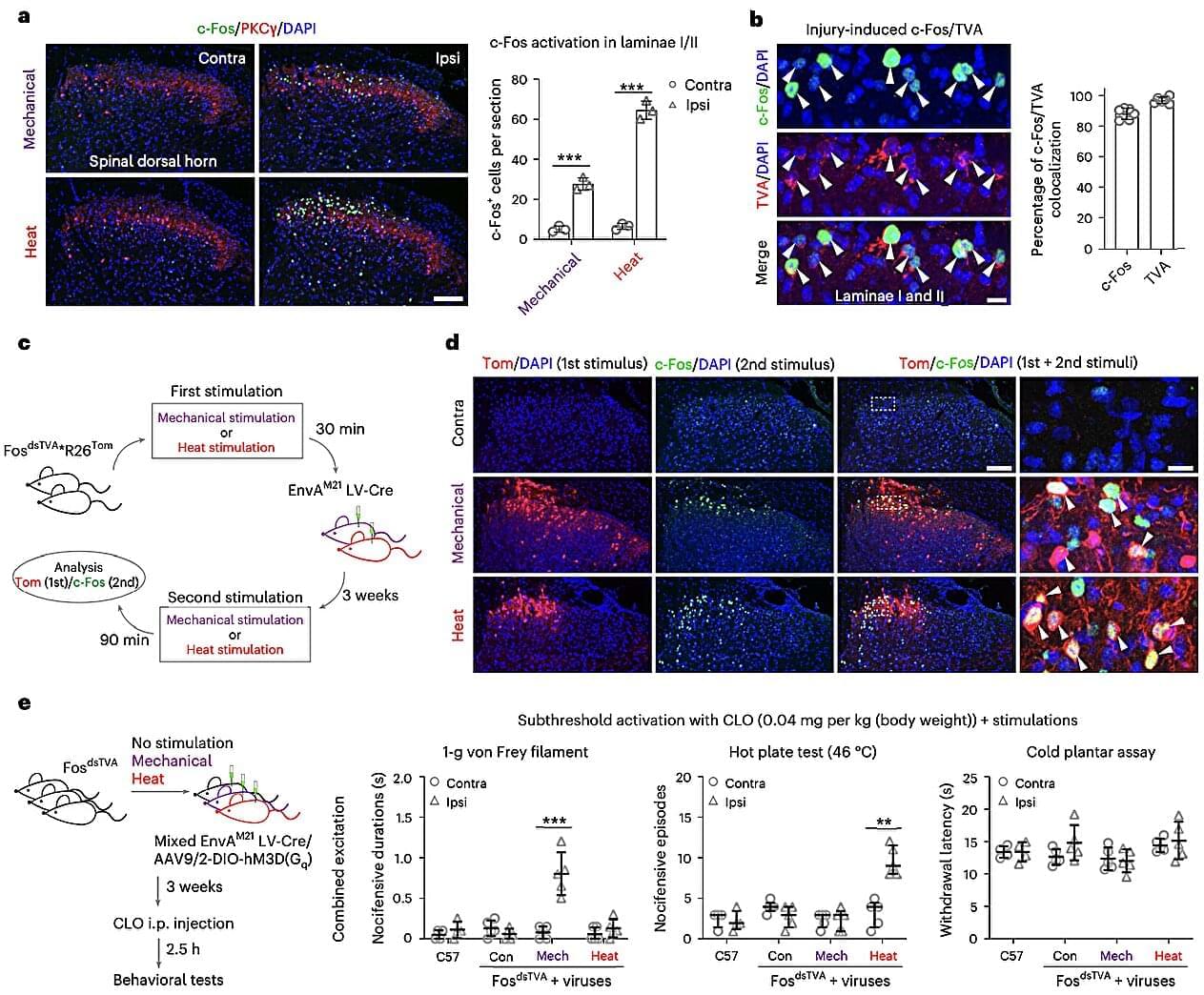
Humans and other animal species can experience many types of pain throughout the course of their lives, varying in intensity, unpleasantness and origin. Several past neuroscience studies have explored the neural underpinnings of pain, yet the processes supporting the ability to distinguish different types of physical pain are not fully understood.
In most vertebrates, painful sensations are known to arise from the nervous system, which includes the brain, an intricate network of nerves and the spinal cord. While the brain’s contribution to the encoding and processing of pain has been widely explored in the past, the role that neural circuits in the spinal cord play in the differentiation of physical pain remains unclear.
Researchers at Karolinska Institute, Uppsala University and other institutes recently carried out a study aimed at better understanding how networks of nerve cells in the spinal cord of adult mice contribute to the encoding of pain originating from exposure to heat and mechanical pain, which is caused by applied physical forces (e.g., pinches, cuts, etc.).
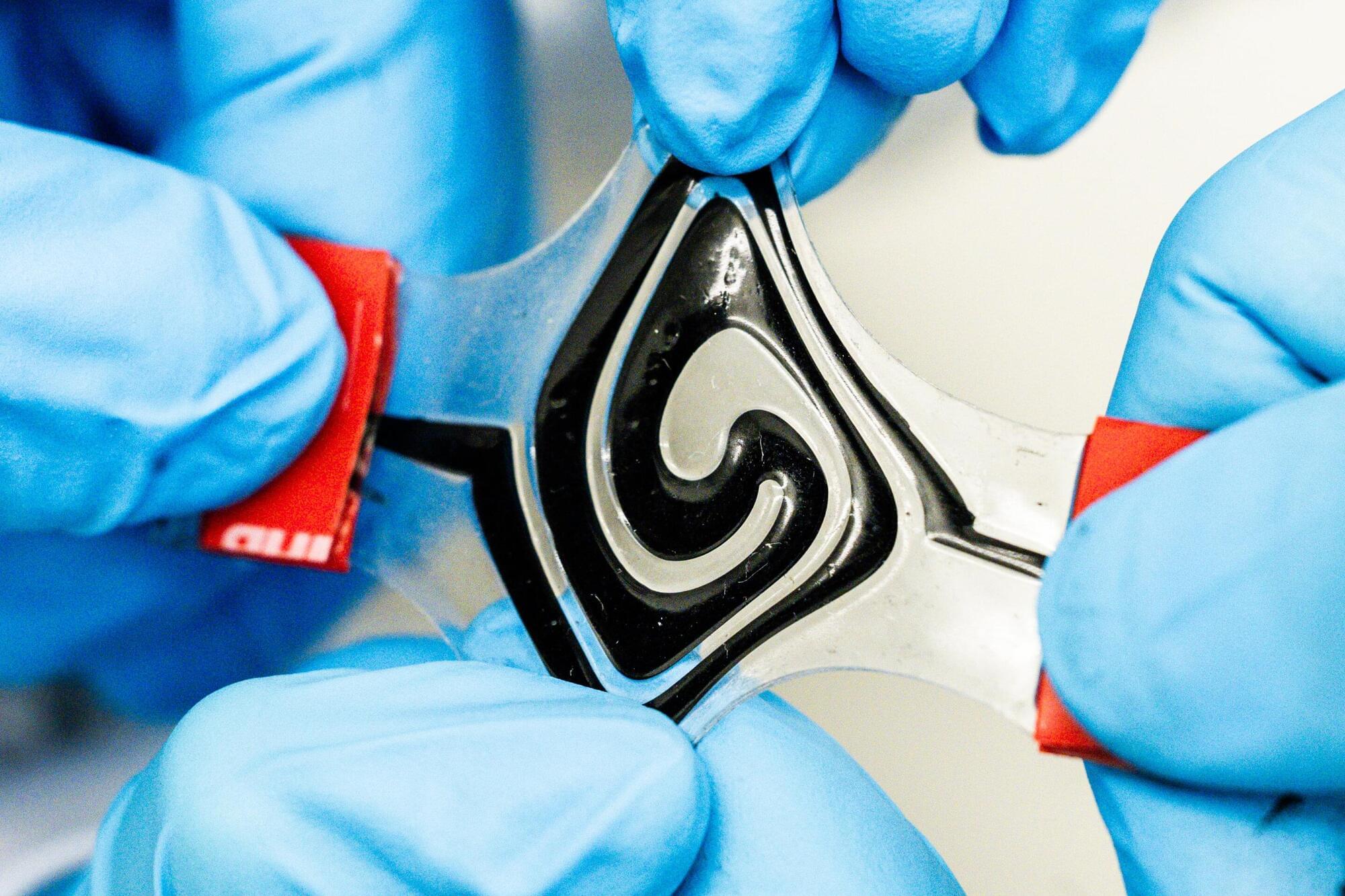
Using electrodes in a fluid form, researchers at Linköping University have developed a battery that can take any shape. This soft and conformable battery can be integrated into future technology in a completely new way. Their study has been published in the journal Science Advances.
“The texture is a bit like toothpaste. The material can, for instance, be used in a 3D printer to shape the battery as you please. This opens up for a new type of technology,” says Aiman Rahmanudin, assistant professor at Linköping University.
It is estimated that more than a trillion gadgets will be connected to the Internet in 10 years’ time. In addition to traditional technology such as mobile phones, smartwatches and computers, this could involve wearable medical devices such as insulin pumps, pacemakers, hearing aids and various health monitoring sensors, and in the long term also soft robotics, e-textiles and connected nerve implants.
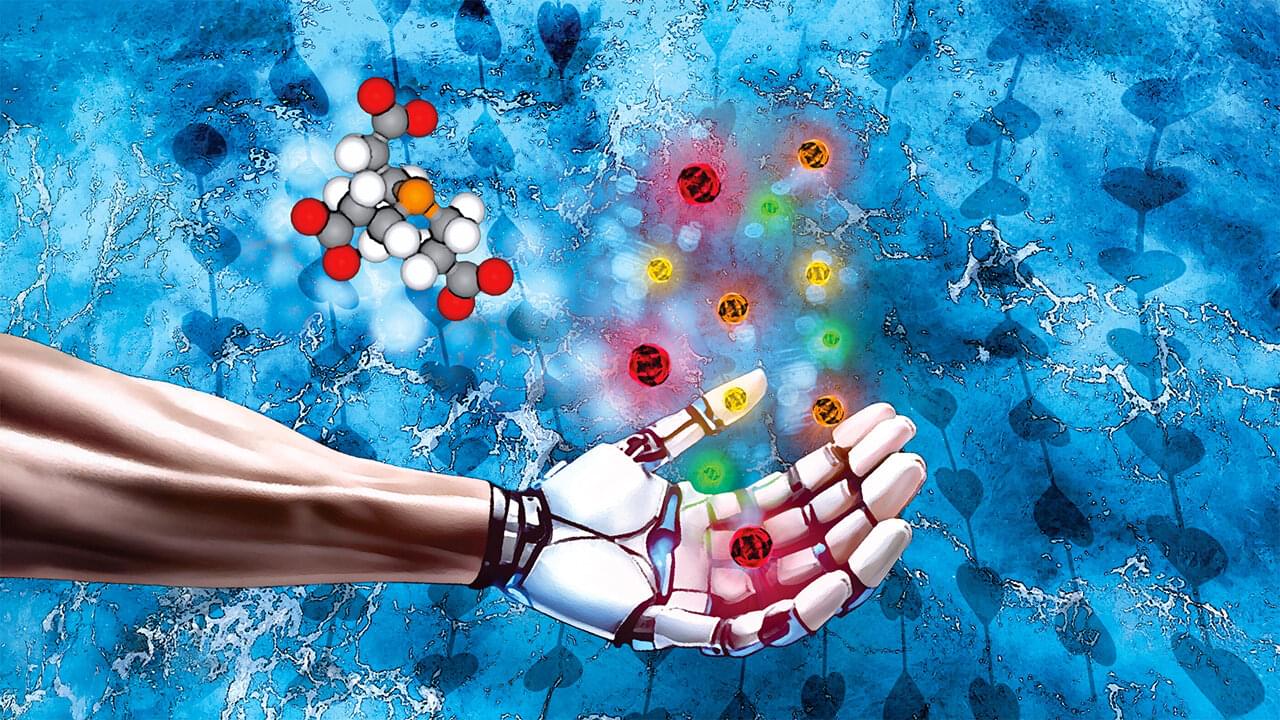
As the demand for innovative materials continues to grow—particularly in response to today’s technological and environmental challenges—research into nanomaterials is emerging as a strategic field. Among these materials, quantum dots are attracting particular attention due to their unique properties and wide range of applications. A team of researchers from ULiège has recently made a significant contribution by proposing a more sustainable approach to the production of these nanostructures.
Quantum dots (QDs) are nanometer-sized semiconductor particles with unique optical and electronic properties. Their ability to absorb and emit light with high precision makes them ideal for use in solar cells, LEDs, medical imaging, and sensors.
In a recent study, researchers at ULiège developed the first intensified, scalable process to produce cadmium chalcogenide quantum dots (semiconducting compounds widely used in optoelectronics and nanotechnology) in water using a novel, biocompatible chalcogenide source (chemical elements such as sulfur, selenium, and tellurium).